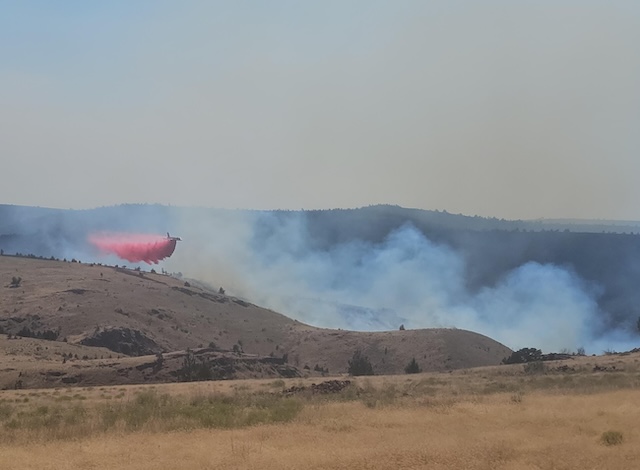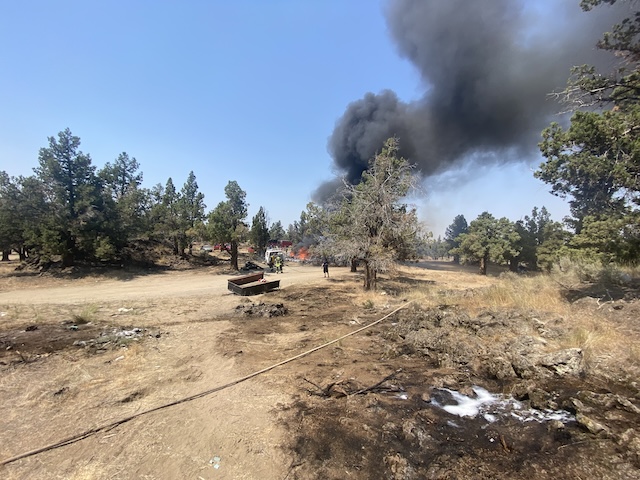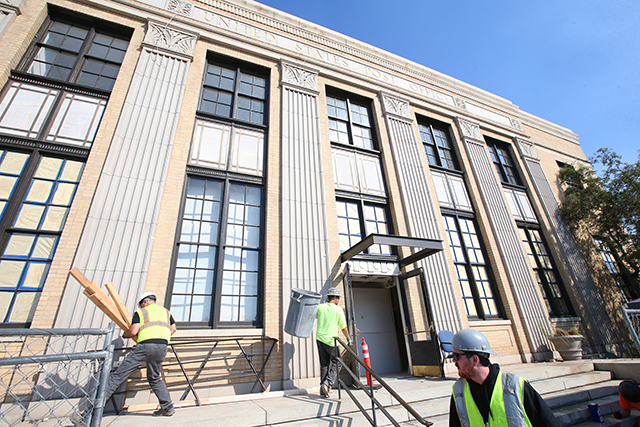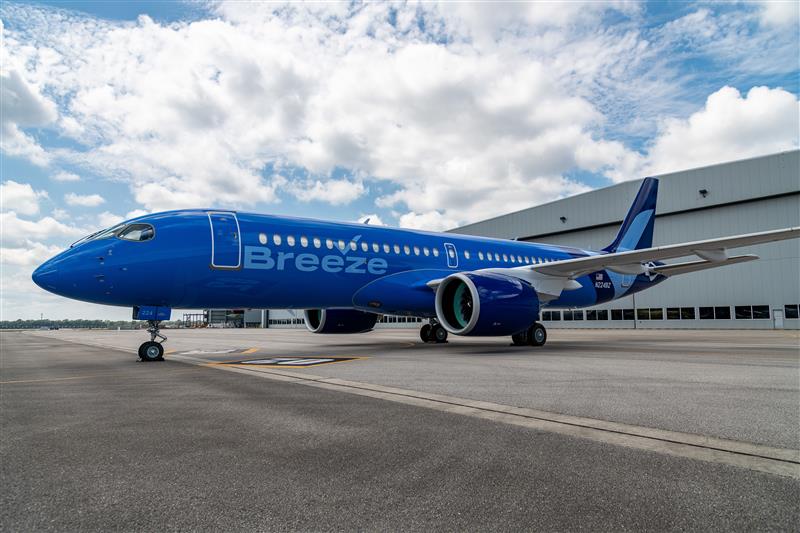Foot-scanning technology helps runners get perfect shoe fit
Published 7:55 am Friday, October 27, 2017
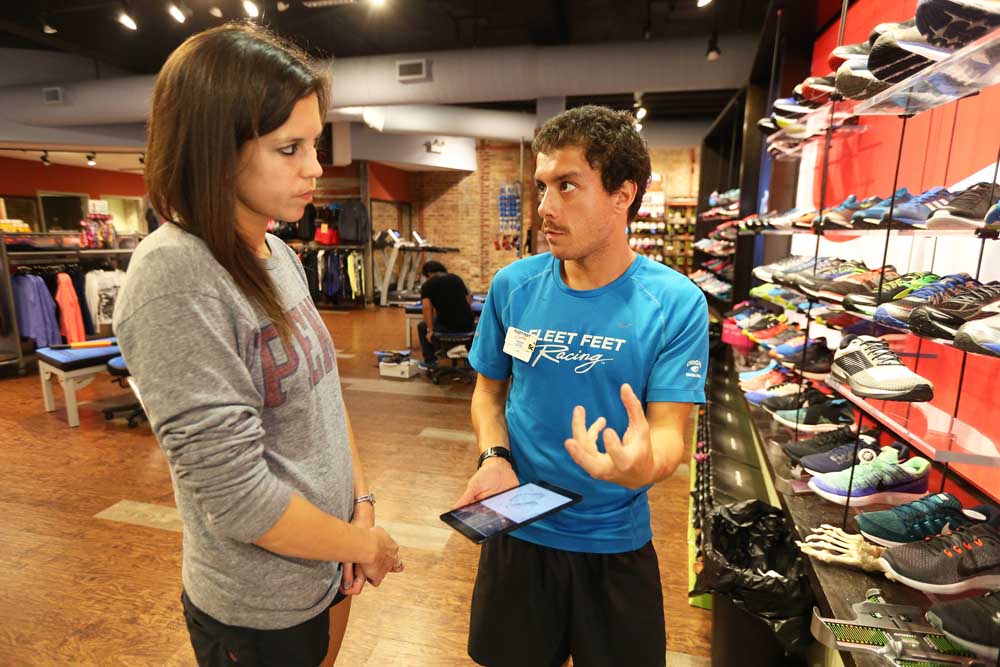
- Kate Coney listens to fit specialist Lionel Montenegro, who explains to her the fitID system on Oct. 2 at Fleet Feet Sports in Chicago. (Nuccio DiNuzzo/Chicago Tribune/TNS)
CHICAGO —
Shoes have changed a lot over the past 80 years. The primary tool used to fit them? Not so much.
Trending
But specialty running stores are testing new technology that aims to help customers find the best possible fit as they prepare for 5Ks and marathons.
The old-school Brannock Device used to measure customers’ feet captures length and width, but it can’t measure foot volume — how much space a foot would fill inside a shoe, said Fleet Feet Sports Chicago owner Dave Zimmer, who brought three-dimensional foot-scanning machines to each of his seven Chicago-area stores earlier this month.
The square white devices can scan a pair of feet and send measurements, and a three-dimensional image, to an employee’s iPad in less than a minute, Zimmer said.
Most shoe brands don’t provide exact measurement data on every pair, but employees can still use the information to point runners to shoes that tend to suit people with, for instance, a relatively wide forefoot or narrow heel, he said. That guidance should improve as they scan more feet and gather more data, he said.
At Naperville Running Co.’s three suburban Chicago stores, a different system scans runners’ feet while standing and walking to make shoe recommendations, but it can also create customized insoles runners can add to their shoes for an even better fit, Superfeet Chief Marketing Officer Eric Hayes said.
Shoe- and insole-maker Superfeet chose 11 retailers to test the scanning system, which has been at Naperville Running Co. since July. Hayes said Superfeet eventually plans to create personalized footwear as well as insoles.
Trending
“If you’re not trying new things, you’re falling behind,” Naperville Running Co. owner Kris Hartner said.
Runners turn to sport-specific specialty stores, rather than buying online or at a big-box sporting goods chain, for the expert fitting, so anything that can help employees get people into the right shoes is a big asset, Zimmer and Hartner said.
But because specialty retailers also rely on personal connections between employees and customers, both stress the new technology is just one part of their approach to fitting.
Employees talk to customers about their training and injury history and watch them walk or run to make sure the shoes mesh with the way their bodies move.
“The last thing you want to do is take the person out of the process,” said Marisa Hird, a Naperville Running Co. store manager.
Naperville Running Co.’s system will recommend specific shoes, but Hird said it’s most useful as a guide that can provide new information or prompt employees to suggest options they wouldn’t have immediately considered. Since the technology is new, she still takes measurements manually, just in case.
Still, Hartner, Hird and Zimmer all said they see value — even beyond the uptick in insole sales Hartner said Naperville Running Co. has noticed.
Hartner thinks it encourages more interaction between customers and employees as they go through the fitting process, although Naperville Running Co. is still figuring out how to keep the scans from slowing things down on hectic weekends.
Creating a conversation about fit could combat runners’ tendency to lock onto a style they like, even when brands make big changes between models, Zimmer said.
Eventually, brands could use data collected on customers’ feet to aid in developing products. Seattle-based Brooks Running Co. developed an app, called Run Signature, that takes a different approach to fitting. The app takes video of runners performing knee bends and running on a treadmill and tracks their movements using markers above and below their knees.
Ideally, that motion would look similar whether the person is running or doing the less strenuous knee bends, said Chris Ertel, biomechanics researcher at Brooks. If it doesn’t, the app recommends shoes that could nudge them in the right direction, he said.
Data gathered using the system has already led to some changes in an upcoming shoe model.
For now, runners can only see the app in Brooks’ Seattle store or at events, including one in Chicago earlier this month, but the brand envisions making it available in other specialty stores.
The devices are novel enough that the “wow” factor and unusual experience seems to be encouraging customers to come to the store — and post images of their feet on social media, Zimmer said.
But like all new technology, it’s not magic: “It will not make you faster. It might make you more comfortable,” he said.
“The last thing you want to do is take the person out of the process.”— Marisa Hird, a Naperville Running Co. store manager, on fitting a running shoe


